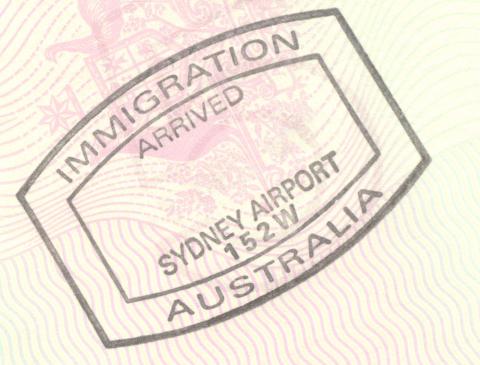This first-hand account from strategic communications adviser Vani Vulaca tells what it was like when Cyclone Winston tore through Fiji, looks at which areas are in most need of aid, and explains the challenging logistics of coordinating disaster relief.
Fiji has had its fair share of tropical cyclones, droughts and stormy spells so a warning last week that a cyclone called Winston was on its way initially had little impact. But by Friday afternoon, when the clouds darkened and winds began to pick up speed, people began to pay attention.

By Saturday, it seemed all of Suva was indoors bracing for the worst. Winston began battering the northern island, Vanua Levu, just after lunch and social media posts from friends and relatives there had us worried.
A friend living in Nabouwalu, Vanua Levu’s main port of entry, gave us a glimpse of Winston’s power, posting that he had just seen a part of his neighbour’s house being blown away. Within two hours, another Facebook post revealed my friend's roof had also been blown off. Minutes after I read that, Suva blacked out and it was our turn to witness to Winston’s wrath and force.
By Sunday morning, the rain and strong winds had lapsed and people had begun to wander on to the streets, walking past broken power lines, fallen trees and other debris.
Central, Northern Viti Levu hit the hardest
It wasn’t until Tuesday, when power was restored, that we realised how lucky we were in Suva. Social media told of the devastation and destruction around the northern parts of Viti Levu, in the Lomaiviti Group and Lau Islands.
It was heart breaking to see the photos and read the stories of loss, death and hopelessness carried by the Fiji Times. Stories of families torn apart at the height of the cyclone, of the destruction of entire villages, and villagers fleeing to higher ground in the dead of the night to avoid tidal waves, and stories of the elderly, struggling to keep up as communities fled to safety.
As these stories were told, others too began to emerge, telling us of unsung heroes, of miracles that saved families, of the amazing roles that many women played at the height of the cyclone. One example was a village nurse who, while trying to herd others to safety, lost her life. We heard of villagers beginning their clean up without waiting for government help.
Relief efforts so far
The Fijian government’s response has been to reach out first to the worst affected. This made the island of Koro the priority for relief supplies, medicine,and rebuilding. A proactive strategy I have recently learnt about is the use by the National Disaster Management Committee ( DISMAC) of clustered teams to focus on different thematic areas such as health, sanitation and child protection. I’m sure this will help the government approach the issue of vulnerability in a holistic sense rather than focused purely on basic needs.
However, the government’s approach to prioritising Koro has not been well received by other communities around Viti Levu. On Tuesday, areas of Dawasamu in Tailevu North were still being surveyed by government teams however non government organisations such as the Red Cross and Global Compassion were able to distribute relief supplies. USAID was also seen in these areas with relief supplies on the same day.
Villagers in these areas were relieved these aid agencies had arrived with much needed supplies but said that, while government vehicles had been a common sight on their roads since Monday, they only carried in teams of surveyors with lots of questions and no relief supplies.
Worried islanders from the Lau group based in Suva, Nausori and Lautoka have begun mobilising and gathering supplies to ship to the Lau group in the coming days, saying that the situation on the ground is just as bad as Koro. [fold]
NGOs pitch in
While some NGO responses have been swift and to some extent undisrupted, they may be able to better coordinate their responses after today, when they were meeting at the NGO Coordination Centre in Suva set up by the Fiji Council of Social Services (FCOSS).
FCOSS sits on the National Disaster Management Council and has been tasked by government to operationalise the centre to enable a more effective coordination between government, NGO and development partners as they reach out to communities.
Coordination efforts begin
With the death toll approaching 50 and more than 14,000 Fijians in evacuation centres around Fiji — some still disconnected from lines of communication — an efficient coordination mechanism between all stakeholders will help Fijian authorities capitalise on the support that’s pouring in from 'big brothers', Australia and New Zealand, and other development partners.
For communities that are awaiting this support, it may be the difference between life and death.
Photo by Feroz Khalil for Mai Life Magazine via Getty Images
